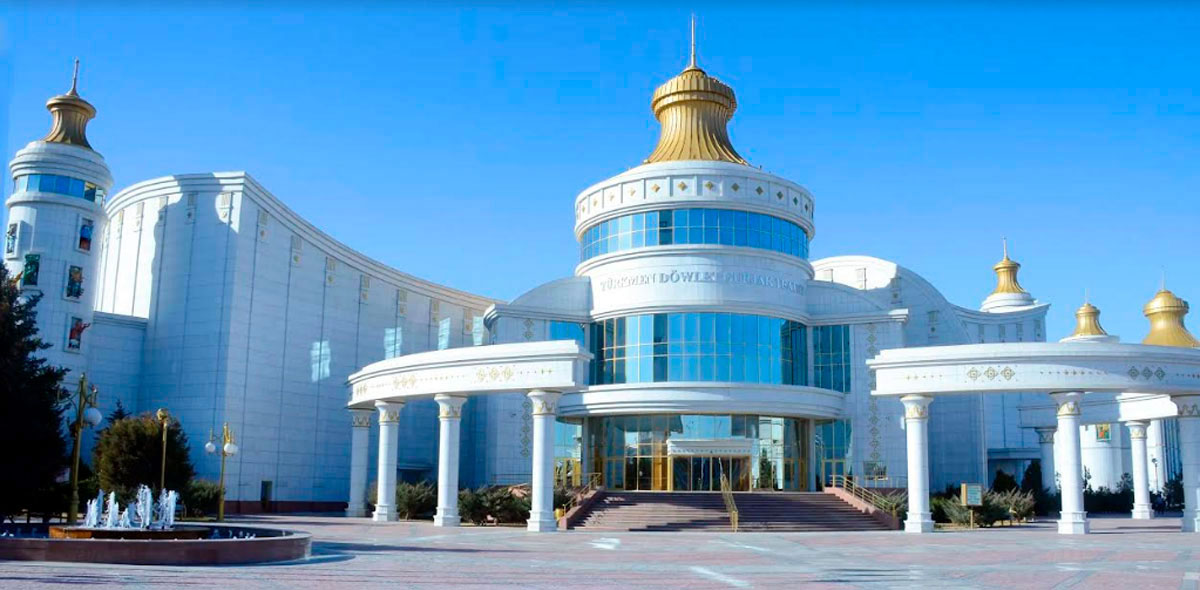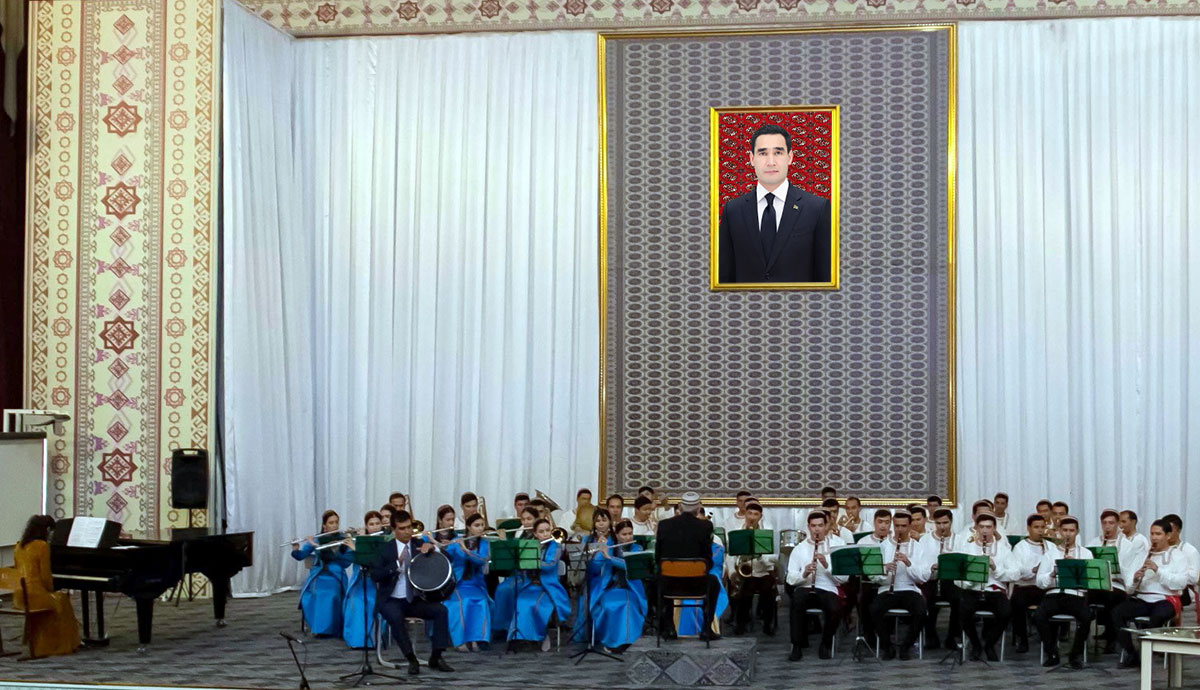Undoubtedly, a camel loses to ahalteke horse by number of poems and sample of oral folk art among Turkmens, however, it does not mean that it had less value as it played an exclusively important role is daily life.
Turkmens have made long journeys using this excellent animal, which is adapted by the nature itself to the conditions of hot deserts and endless plains as owing to its fat reserves, a camel can stay without food and, which is most important, without water for a long time.
At the same time, a ship of the desert has bigger loading capacity than horse or donkey, which allowed transporting disassembled tent or all household items.
A camel produces more fatty milk than cows or sheep. Famous sour-milk drink «chal» and «agaran» cream were made of camel’s milk.
Camels give an excellent by heat insulating characteristics wool to Turkmen people, they did not require care and attention as sheep or horses and could graze in remote area without any control for months. They were not scared of wolves and there was no any other big predators in desert and plain zone. In farming oases, camels were used as plough animals together with oxen in all stages of field works as well as at water lifting facilities – water wells, saqiyas and artesian boreholes.
Archaeological findings at the monuments of the Bronze Age in Turkmenistan Altyn-Depe, Shor-Depe, Gonur-Depe and other prove the appearance of the first domesticated Bactrian camels in the III BC. Furthermore, clay models of four-wheel carts driven by camels have been found in Altyn-Depe.
Dromedaries appeared in Turkmenistan far later – in the middle of VII AC. Dry and hot climate of this place was more suitable for them than for Bactrians.
«Kejebe», a decorated palanquin of a bride, which was taken to groom is house, was placed above everything on camel’s hump highlighting and blessing the solemnity of the moment.
Stylized figures of camel, separately or in chain, could be seen in carpet patterns, usually on the frame, starting from the beginning of the XVIII century. Respecting of camel has originally appeared also in Turkmen song and dance arts.
The Silk Road was one of the main trade routes connecting Eastern Asia with Mediterranean in ancient and medieval times. It is impossible to imagine this grandiose trade route, which connected the East and West and caused the construction of many unique cities, historical monuments, appearance of states and customs without endless camel caravans walking through open sand sea. Although silk was the main but not the only commodity, which was transported by caravans, which were composed mainly of camels and donkeys. Sometime, there were more than 100 camels in one caravan.
Finally, the image of camel was reflected in national astronomy. Turkmens used to name the Milky Way as «a milk of white camel» even though there is another version – a way of white camel.
Roman Teplyakov
Photo by Shamyrat Halmyradow






